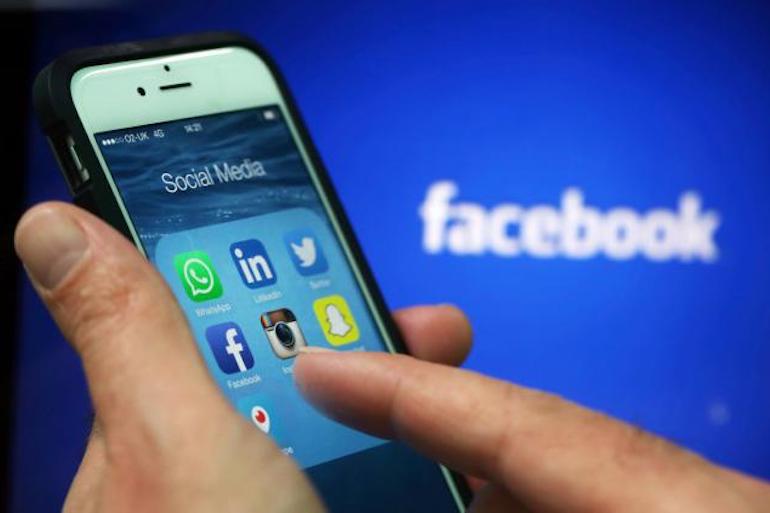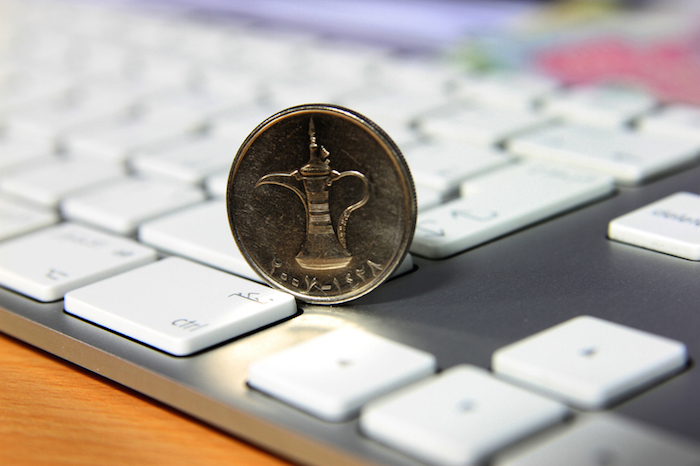There’s been a perception change toward designers. Designers are the new cool kids in the corporate world. The titles ‘geek’ and ‘nerd’ are no longer insults, but a designer’s badge of honor, reflecting intelligence and multidimensional thinking. The involvement of designer in many corporate initiatives is being sought at every stage of the business process from strategy to implementation. Nearly every modern and successful company will employ design agencies or create design departments to guide their brand in the coming years. It’s a proven fact that companies that embrace design are reaping the financial rewards.
The focus within the business world has changed drastically in the last 10 years. Cutbacks and savings were tactics used by CEOs and CFOs in past recessions to streamline operations and stabilize. A recession in today’s world calls for innovation and businesses are realizing that it’s the designers who can provide them with fresh ideas and visual thinking. The success of design-led brands like Apple, Samsung, Airbnb and Ikea, has encouraged companies across a wide range of industries to embrace the designer as their hero.
Good designers are essentially problem solvers. Analyzing the way customers interact with a brand and creating the best possible experience across all mediums is one of the key ways designers have come to the fore. They can represent the voice of the end user and customers in a way that organizations often overlook. High emotional abilities and an innate understanding of aesthetics join forces in a designer’s mind to create engaging and powerful results. When marketing your products and services, highlighting your company as design-led, will give your brand a genuine source of competitive advantage.
Using design thinking to understand customer needs, to address complex problems, guide innovation and improve user experience, brings success. In fact, a study by the DMI (Design Value Index) in 2014 showed that design-led companies have outperformed their counterparts by 228 percent.
Powerful branding is the foundation to connect with your target market.
Your brand is what people think of when they think of your business. Every single element of the business must reflect your brand message: your environmental design, your campaigns, your digital platforms, social media, the tone of voice used in copy… even the way your staff interacts with your customers and partners.
Having great quality design as a key feature of your branding emphasizes quality and professionalism. Little else attracts and intrigues customers more than a company that truly believes and delivers great design. People are highly sensitive to what they see and touch as these senses create the highest levels of cognitive responses. The perception of someone experiencing a well thought-out and designed campaign, graphics package or interiors is that “this brand cares, understands me and has taken the time to deliver a message and/or product that speaks to me directly. I connect and I believe.”
If your brand message promotes belief in design, ensure this is backed up in every element your company produces and delivers. Once your brand message and product/service are in sync, you generate genuine trust. Once a customer or end user believes and trusts your brand, they will not only loyally buy your products and services but will act as your brand ambassadors, referring you to their friends, families, colleagues and, most importantly – in terms of optimal exposure – on social media to the general public. Nothing will turn a customer off and lose their trust faster then contradictory messaging between brand, product and service – especially in the design context. No brand wants to be forever connected to frustrations of a poorly designed brand space, unusable app/website design or poorly executed aesthetic campaigns that don’t mindfully select and consider their audience.
Great design merges form and functionality and creates an emotional connection between the customer and product/service and your brand.
There isn’t a magic formula – but when designers have been given certain authorities to think beyond boardroom meetings full of political agendas and financial pressures, the best results are achieved. A good designer will have analyzed the way a company operates, identified when the user experience has not been effective and created inventive ways to remedy these shortcomings by working closely with other departments to create a cohesive solution.
Hiring a designer purely to tick a box, who isn’t able to effect change, is not embracing design.
As Ian Callum, director of design at Jaguar puts it, “To me, the design tells the story of the brand, of the customer and the people who make it. Get it wrong and your brand equity will suffer, the competition will devour you and the slippery slope begins to be unavoidable.”






